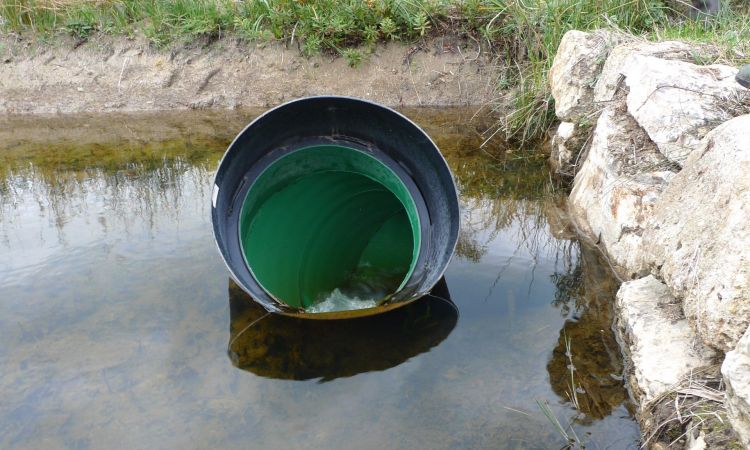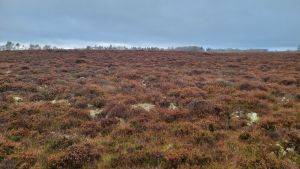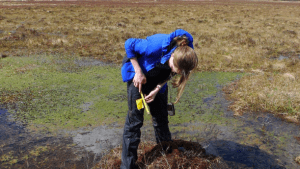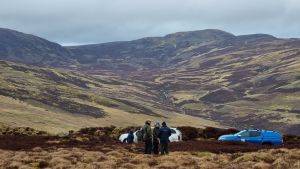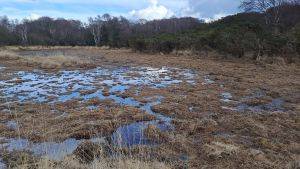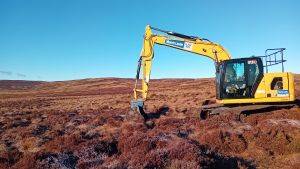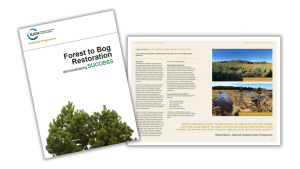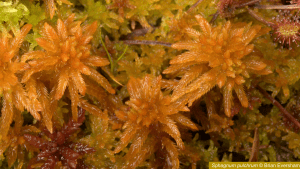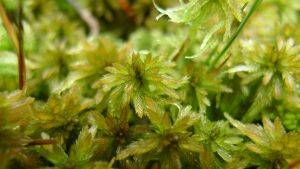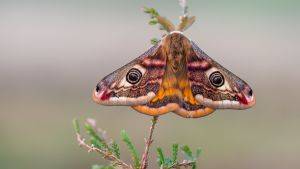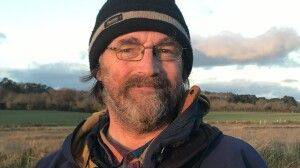Cors Bodeilio NNR (Anglesey & Llyn Fens LIFE Project)
Introduction
Cors Bodeilio is one of seven sites in the 467 ha Anglesey Fens SAC - the complex containing the most extensive area of fen in western Britain, 42% of the total Welsh resource of alkaline fen and 56% of the Welsh resource of calcareous fen.
The increased presence of purple moor-grass (Molinia caerula), drainage. nutrient enrichment and burning all threatened the habitat, as did the lack of grazing by cattle, ponies and sheep. The Anglesey and Lleyn Fens LIFE project aimed to bring 750 ha of fen into recovery.
Description
Cors Bodeilio is a nationally important nature reserve due to its unique mire, which lies in a shallow limestone valley between Llangefni and Pentraeth. The wetland supports areas of lime-rich fen with characteristic plants such as fen sedge (Cladium mariscus) and black bog rush (Schoenus nigricans). Notably, Cors Bodeillio also supports orchids including uncommon narrow-leaved marsh orchid (Dactylorchis traunsteineri) and fly orchid (Ophrys insectifera).
Cors Bodeilio occupies a former lake basin, which has infilled with marl and peat deposits. The fen is irrigated from calcareous springs from the limestone aquifers - supporting much of the vegetation mentioned above.
The fen has a long history of low intensity human use, including extensive grazing (ponies still graze today), occasional burning and manual peat cutting. Intensive draining and nutrient enrichment in more recent years has led to some deterioration of the site.
Restoration Delivered
Enriched soil and upper peat layers were removed from over 20 ha to rejuvenate the development of new fen habitat - making this was one of the largest fen restoration projects in Europe at the time.
Large scale hydrological restoration also took place, through a programme of ditch blocking and separating enriched water from spring water, redirecting enriched water away and spring water into the fens.
Introducing extensive grazing by Welsh ponies and cattle has helped to prevent grasses from dominating. This followed a programme of biomass removal from the sites.
In addition, the project worked with local farmers to establish good working relationships. This two-way relationship provided additional grazing land for the farmers, whilst supplying a conservation grazing regime on the fen.
Key items of work on this particular site included:
- Grazing
- Large-scale hydrological restoration.
Site Activity
Please note the figures below are for work completed across the entirety of the Anglesey and Lleyn Fens LIFE project, which included Cors Bodeilio:
- Removed and reprofiled 100,000 tonnes of damaged soil over 20 ha
- Mowed and burnt over 200 ha of rank overgrown fen
- Opened up over 500 ha of land to grazing
- Removed over 100 ha of scruh that was shading out fen species
- Entered into an agreement with landowners to manage over 200 ha of land in a mutually beneficial way
- Restored over 3.5 km of springs, streams and seepages
- Got water levels right over 6 km of ditiches
- Brought over 200 ha of land into direct conservation management and improved public access.
Project Name: Cors Bodeilio NNR (Anglesey & Llyn Fens LIFE Project)
Organisation / Lead partner: Natural Resources Wales
Location: Pentraeth, Anglesey
Approximate area covered: 54 ha
Conservation Status: Special Area of Conservation (SAC), RAMSAR site, National Nature Reserves(NNR)
Predominately: Lowland
Peat Habitats: Fen
Project Type: Restoration
Year Project Began: 2009
Project End Date: 2014

